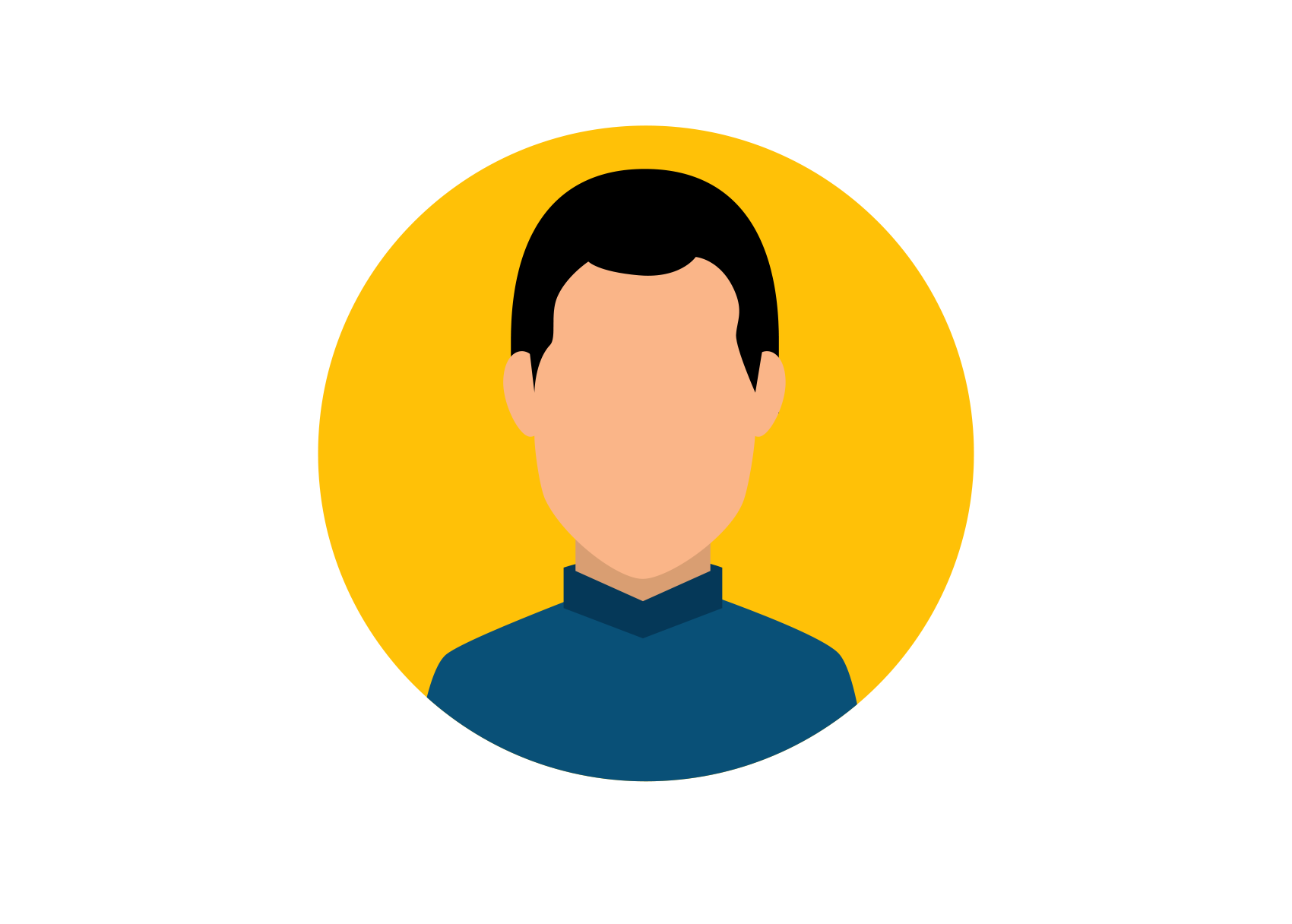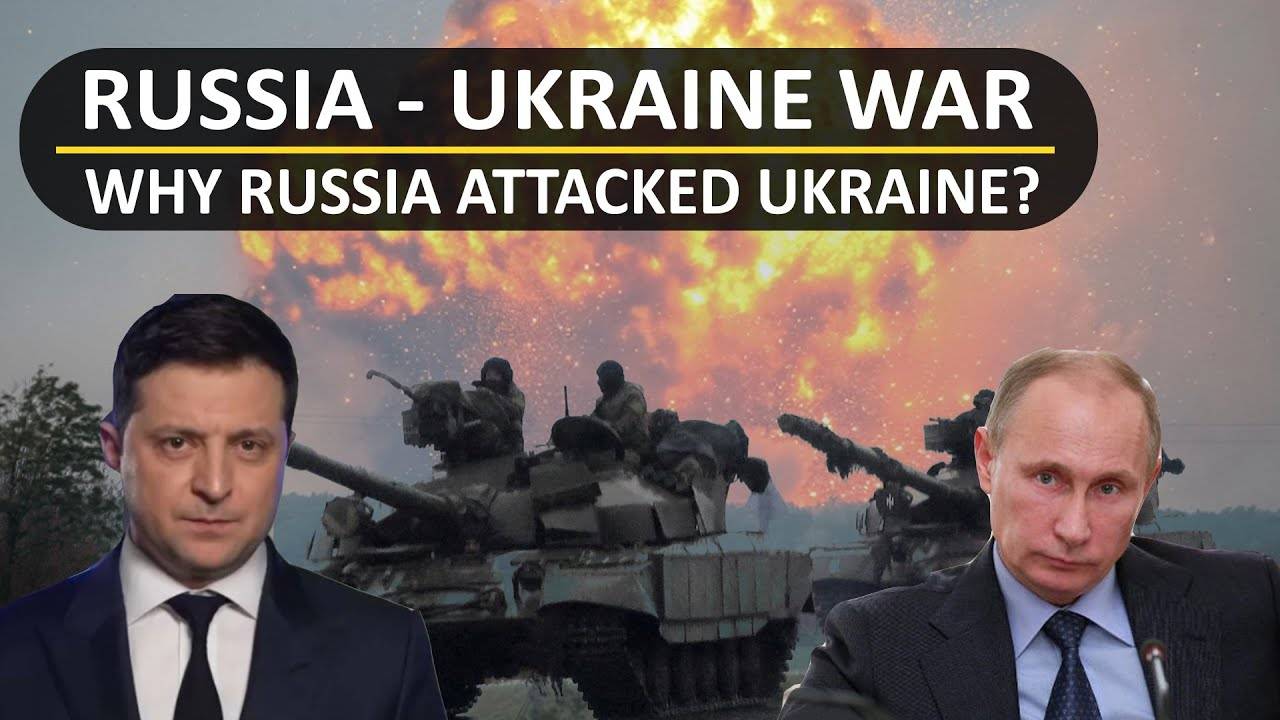In the wake of the world’s development in which almost the entire inhabitants of the universe is apprised of Russia’s invasion of Ukraine, the great question keeps lingering; what relations exist and existed between the two countries, which has currently devolved into warfare? This paper searches out the historical overview - in a significantly chronological structure – of the connections that have been present between Russia and Ukraine, to the present day.
A view from the historical angle positions Russia and Ukraine as nations of sisterly relations. Their root – as admitted by both, and supported by eloquent facts – emanates from a group of people known as the East Slavs, who formed majority of thepopulation of the medieval state Kyievan Rus’. Bilateralrelations have existed between Russia and Ukraine, dating back as far as the 9th century, when the Kyievan Rus was ever strong. It was all rosy until the Tsar-led Russian empire emerged,kicking out the earlier regime in the 16th and 17th centuries.This new form of government subjected its subordinates like Belarus, Ukraine, Latvia etc to harsh, unpleasant situations.
Due to outrageous rates of hunger, low productivity and aconspicuous decline in the general standard of living of the citizens within the Russian empire, right from the onset of the 20th century, the masses started revolting. By 1917, a revolutionary party called the Bolsheviks, led by thestouthearted Vladimir Lenin succeeded in overthrowing the Russian Empire, after demonstrably great pressures has forced the incumbent Tsar to abdicate his throne. Five years later, with their capital in Moscow, the Union of Soviet Socialist Republics(USSR) – hereafter, the Soviet Union – was created, embracing fifteen nations which aligned to the Slavic ancestry into its membership. Following the lead of Russia, Ukraine was the second most powerful republic in the union, with vibrant defense industries, relatively large cultivable lands, and being the domicile of much of the Soviets nuclear arsenal.
Following the demise of Vladimir Il’ich Lenin in 1924, JosephVissarionovich Stalin rose to power. The ‘Soviet Premier’ - as history names him - was believed, in an attempt to repopulate Eastern Ukraine with Russians, orchestrated the Soviets abject famine in 1930, which saw the death of millions of Eastern Ukrainians. Reaffirming the validity of this conjecture, in the 1940s, the ethnic Tartars occupying the Eastern part of Ukraine were also relocated, and replaced by native Russians. This direction points to how ‘dear’ the Eastern Ukraine and even the whole republic at large was to Russia. From all indications, Russia would never buy in the idea of Ukraine’s absolute Sovereignty.
After the end of World War II, European States made attempts to heal the peace among them which had been distorted by the great warfare. To this effect agreements were made at the Yalta and Potsdam Conference to deter states from invading one another. Stalin, the Soviet leader, even though had initiallyconsented to this agreement, broke the dictums of the treaty when he started financing invasions and coups in the region. To protect the image of democracy from being toppled by Communism, it became expedient that states who believed in democracy form alliance to bar Soviet Communist expansionism, hence the nascence of the North Atlantic Treaty Organization (NATO) in 1949. In response to this development, the Soviet also strengthened the muscles of her relations withother neighboring communist states in an agreement known as the Warsaw Pact. Then, Cold War was given life.
In 1991, prompted by domestic political reforms and democratic revolutions which surged in the Republics within her orbit, the Soviet Union ‘detonated’ and the fourteen other member states gained independence and Sovereignty. The fall of the Soviet Union marked the end of the Cold War. With their strategic location, Ukraine inherited the lion’s share of the Union’s nuclear arsenal, like the Intercontinental Ballistic missiles, Nuclear Warheads, Strategic Bombers etc. This made Boris Yeltsin, the then president of Russia grew obvious interest in Ukraine, even after their independence. In 1994, offering to help defend the sovereignty and peace of Ukraine, Russia succeeded in getting Ukraine signing an agreement which would cost Ukraine giving up all her nuclear possessions for Russia. The Russian influence continued, even when the Ukrainians claimedto have gained independence.
With the fall of the Soviet Union, NATO’s dissolution was what everybody kept waiting for, but disappointedly, they had to wait for long – even forever! NATO had no intentions of dissolving. Even though they had earlier reached an agreement with Russia not to expand its membership to the her neighbors, with the scheme known as Partnership for Peace, NATO started forming relations with former Soviet countries, and consequently started incorporating them into the alliance. Classifying a country as member of NATO meant – per agreement – that NATO can install ammunitions and set up military camps in that country. Will Russia then not react?
By 2013, almost all the former Soviet countries had either joined NATO or the European Union (EU). Increasing pressure had started mounting on Russia, but Vladimir Putin, Russia’s president still confided in the loyalty of Ukraine, as he knew the Pro-Russian president of Ukraine, Viktor Yanikovych would ardently ensure that. However, in that same year, many Ukrainians revolted vehemently against Yanikovych, in what was known as the Euromaidan protest. By 2014, the Russian puppet, Viktor, had been ousted. Russia grew fomented about this development and annexed Crimea in 2014, a peninsula in Ukraine inhabited largely by Pro-Russians. This was deliberately done to serve as a threat to Ukrainians who wanted alliance with the West. In 2019, a landslide victory was pooled by the Pro-Western, Volodymir Zelenskyy when Ukrainians went to the polls. Since his installment as the President, the former comedian, Zelenskyy had made numerous attempts to join EU, in spite of the equally numerous threats received from Ukraine’s former boss, Russia. Putin deemed that attempt a joke.
On February 24th, 2022, after denying numerous accusations from US about his intention to invade Ukraine, President Vladimir Putin declared categorically that Russia will start invading Ukraine. This, he terms as a response to the numerous threats received from western military alliance since the early 2000s.
From this exposition, it can be established that Russia and Ukraine have been in contact for a very long time. Their geographic positions have gone a long way to determine the fate of its citizens. History and Politics have clearly shown that the fight for global hegemony on the part of the world’s superpowers (USA with its allies, and Russia with its allies) still hovers, and it is as a result of this that Ukraine is currently aggrieved. George Orwell was not far from right when he said “… the object of waging a war is always to be in a better position to wage another war” The world’s most protected President execrates the fact that his long time ally, Ukraine, wants to dine with his eternal foe. Therefore he will do all hecan, wade painfully through all the sanctions the world may mete out to him, and bar the Ukrainians from ever joining the Western Alliance.


